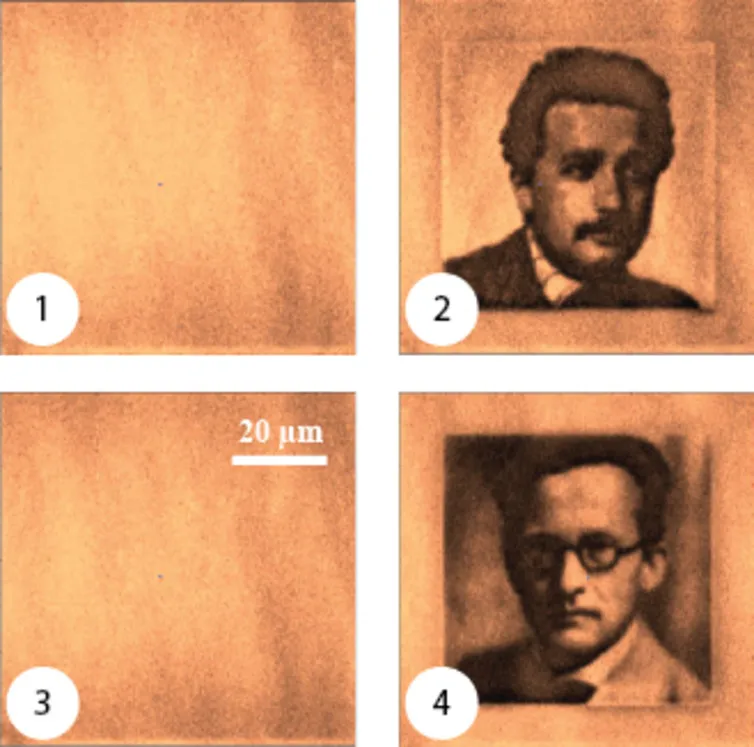New Method Could Store Massive Amounts of Data in Diamond Defects
Scientists use lasers to probe the gem’s flaws, creating data storage that could potentially last forever
/https://tf-cmsv2-smithsonianmag-media.s3.amazonaws.com/filer/70/8b/708b5b6e-9888-4e10-b8d0-c03b40a33d1a/istock_86574631_medium.jpg)
The history of civilization is really a tale of data storage. We’ve come up with an endless list of solutions for passing along culture and knowledge—from cave paintings to hard drives. But each solution is imperfect: books can burn (though we have learned how to decode some charred scrolls), monuments weather away and even magnetic tape or discs will eventually fail. While DVDs seem like a long-lasting solution, they’re not. And they can only hold a few terabytes of information, but the world’s technology produces exabytes and zettabytes of data every year.
That’s the reason researchers are looking to the second (possibly third) hardest naturally occurring substance on earth to hold all of our info: diamonds. Data encoded in diamonds would not only last an indefinite amount of time, a tiny diamond half the size of rice grain could hold the amount of 100 DVDs, researchers Siddharth Dhomkar and Jacob Henshaw from the City College of New York write at The Conversation. In the future, this could jump to the equivalent of one million DVDs.
And the concept isn't just an idea. Dhomkar and Henshaw recently encoded the data for two images, portraits of physicists Albert Einstein and Erwin Schrödinger in a diamond. The process of writing the data is highly complex, but it is based on the very simple binary system, which uses only two digits, one and zero, to represent information.
The system uses minute defects in the diamond's crystal structure, which can be found in even the most visually flawless of these gems. These imperfections occasionally create voids in the structure where a carbon atom is supposed to sit. Nitrogen atoms also occasionally slip into the structure. When a nitrogen atom is position next to this missing carbon atom, a so-called nitrogen vacancy (NV) occurs, which often traps electrons. Dhomkar uses these nitrogen vacancies as a substitute for the binary ones and zeros. If the vacancy has an electron in place, it’s a one; if it's empty, it's a zero. Using a green laser pulse, the researchers can trap an electron in the NV. A red laser pulse can pop an electron out of an NV, allowing researchers to write binary code within the diamond structure. They recently described the process in the journal Science Advances.

“There is a no way you can change it. It will sit there forever,” Dhomkar tells Joanna Klein at The New York Times. That is, as long as it is not exposed to light, which will scramble the data.
In their experiments, Dhomkar and Henshaw used a $150 industrially fabricated diamond so they could control the amount of nitrogen vacancies in the gemstone. While the current method of encoding data is similar to the way DVDs store information in two dimensions, according to a press release, the diamond has the potential for 3D storage as well, giving it even greater storage capacity. And accounting for the spin state of the electrons could help pack even more information into the diamonds.
“This proof of principle work shows that our technique is competitive with existing data storage technology in some respects, and even surpasses modern technology in terms of re-writability,” Henshaw says in the release. “You can charge and discharge these defects a practically unlimited number of times without altering the quality of the material.”
Of course there is still a lot of work to be done before consumers or IT departments start installing diamond drives, but the technology or something similarly powerful—like DNA storage—is needed to keep up with the world’s mounting tsunami of information.